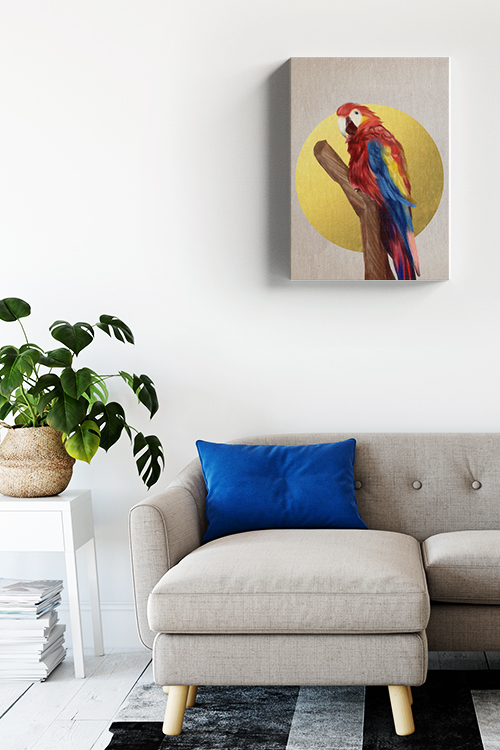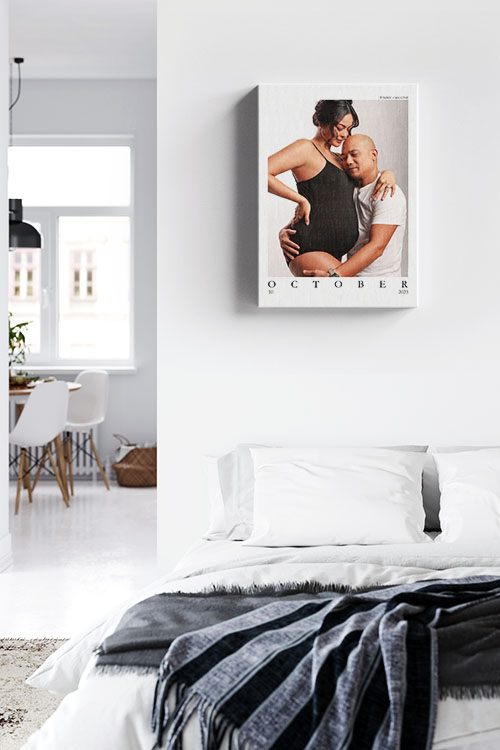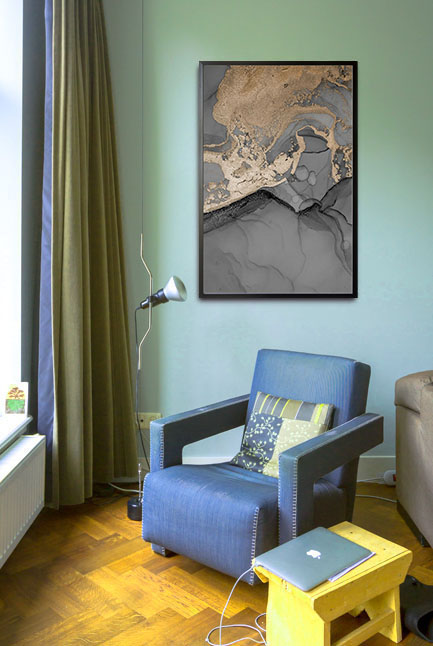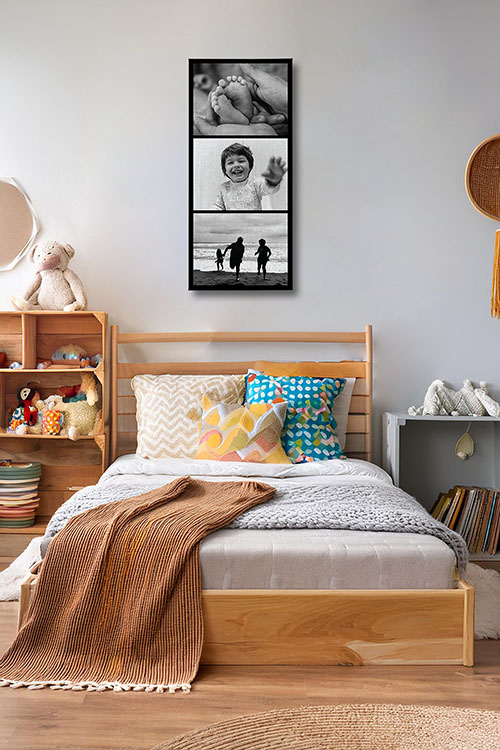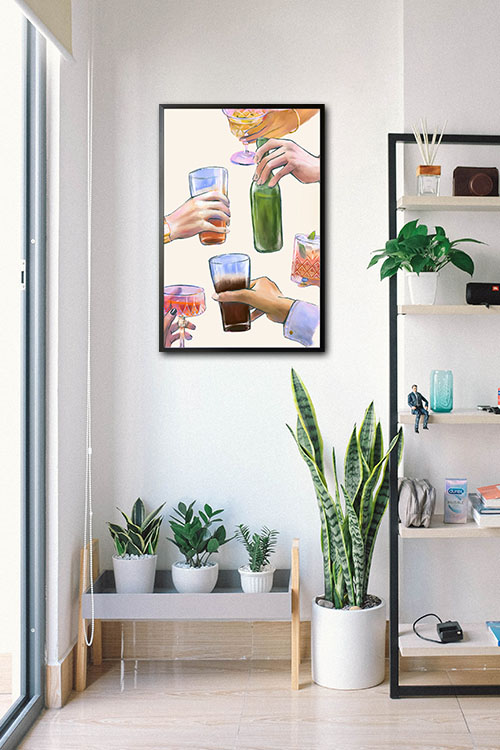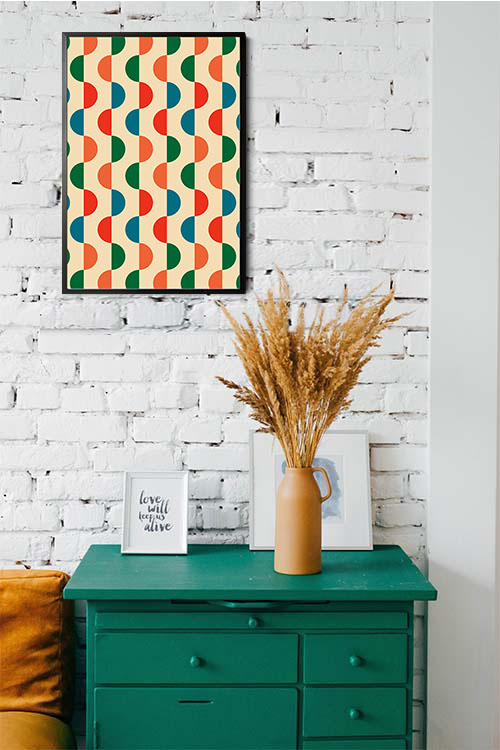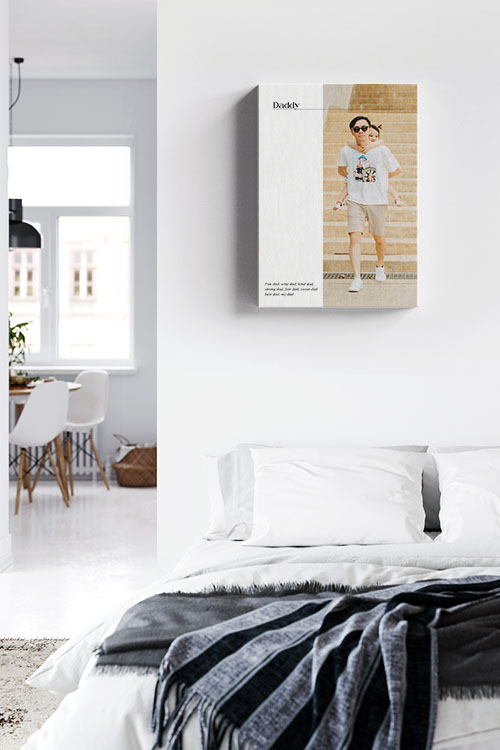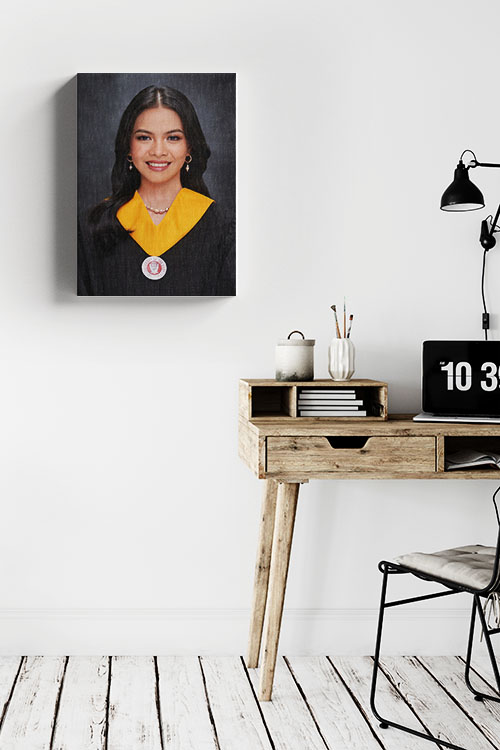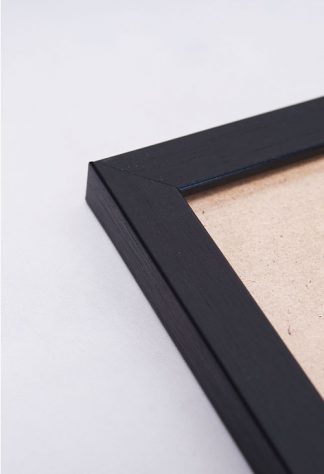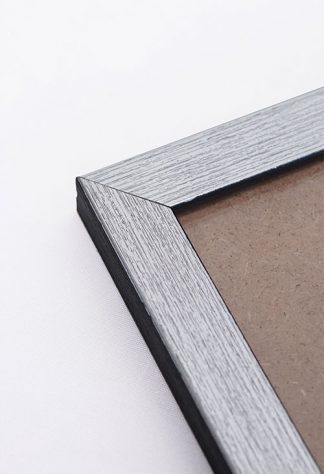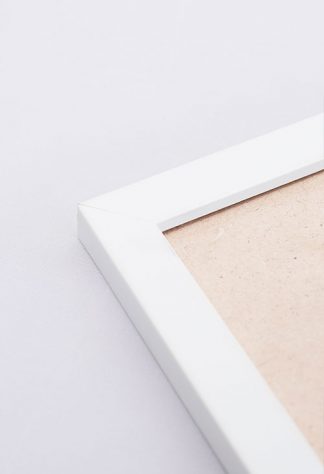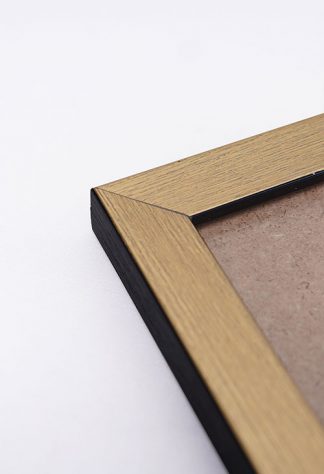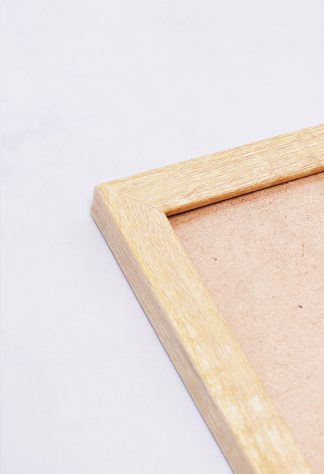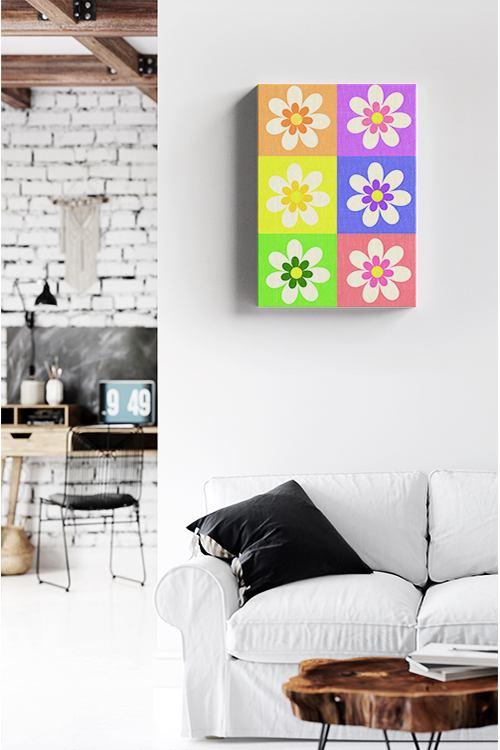
Mixing patterns and textures in home decor can transform a space, adding visual interest, depth, and personality. However, achieving a cohesive and aesthetically pleasing look requires thoughtful planning and a clear understanding of design principles. Following key guidelines, you can master combining patterns and textures to create a stylish and harmonious environment.
Establish a Neutral Base
The foundation of any well-designed space often begins with a neutral base. Neutral colors, such as whites, beiges, or grays, create a calm and versatile backdrop that allows patterns and textures to stand out without overwhelming the room. Use neutrals for large surfaces like walls, flooring, or significant furniture. This approach provides balance and ensures that the space remains adaptable to future updates.
Select a Cohesive Color Palette
A unified color palette is essential for successfully blending patterns and textures. To maintain harmony, choose complementary colors or stick to various shades of a single hue. For instance, pairing cool tones like blues and grays with warm accents like gold or terracotta can create a balanced and inviting atmosphere. Repeating colors across patterns and textures helps tie the design elements together.
Balance Pattern Sizes
One of the most effective ways to mix patterns is to vary their scales. Large, bold patterns work well for statement pieces, such as area rugs or accent walls, while medium-sized patterns are suitable for upholstery or curtains. Smaller patterns, like subtle prints or intricate designs, can be used for throw pillows or smaller accessories. Balancing different pattern sizes prevents the space from feeling chaotic and ensures that each element contributes to the overall design.
Incorporate a Variety of Textures
Texture plays a crucial role in adding depth and dimension to a room. Mixing soft, rough, and smooth textures creates a layered effect that interests the space visually. For example, pair a plush velvet sofa with a jute rug, a sleek glass coffee table, and a woven throw blanket. You can achieve a rich and dynamic look by blending different materials, such as wood, metal, fabric, and stone.
Anchor with Solids
Anchor your design with solid-colored elements to avoid overwhelming the space. Solids provide a visual rest and help balance the complexity of mixed patterns and textures. For example, a solid-colored bedspread can ground a bedroom filled with patterned pillows and textured throws. Similarly, a monochromatic sofa can be the perfect backdrop for various patterned cushions.
Experiment and Edit
Creativity and experimentation are essential when mixing patterns and textures. Start by gathering swatches or samples to see how different elements interact. Create a mood board or test arrangements before committing to large purchases. Editing is equally essential; if a particular element feels out of place, don’t hesitate to remove or replace it.
Reflect Your Style
Finally, the most successful designs reflect the homeowner’s personality and style. Incorporate unique pieces such as handmade ceramics, heirloom quilts, and travel souvenirs to add character and authenticity to your space. These personal touches make the room feel special and ensure it resonates with you.
By carefully combining patterns and textures, you can create a visually captivating, comfortable, and uniquely yours home. With a bit of planning and creativity, the possibilities are endless.
